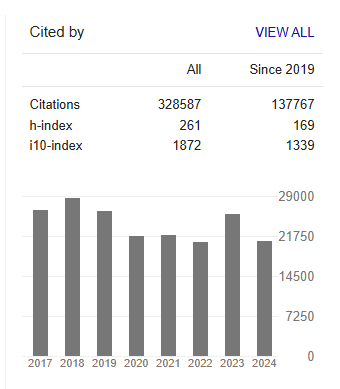Certainty and Uncertainty in Sets of Complementary Items
Abstract
Anna C.M. Backerra
Twin physics is a unification theory, based upon the mathematical definition of complementarity, in which physical phenomena are described as entangled appearances of certainty and uncertainty. Experimental results of quantum mechanics, the view of Heisenberg and relativity theory of Einstein are incorporated. Physical descriptions on a quantum-mechanical scale as well as an astronomical scale can be reconciled by considering them in that way. Applying twin physics, more insight has been gained into fundamental phenomena, known as the four forces of nature, as well as elementary particles and spaces; new insights emerge in the fields of nanophysics, optics, magnetism and astronomy. These results gave rise to the idea generalizing the mathematical structure of twin physics to a much broader so-called ‘twin view’, applicable to phenomena in general, for instance the commercial traffic.
In the twin view, some kind of unit for the considered phenomenon in general has to be selected, as well as a few characteristic qualities to describe the interaction between these units. For each quality, a set of four elements has to be defined, two by two being complementary. Each pair has to contain a determinate item, describing ‘certainty’, and an indeterminate one, describing ‘uncertainty'. Moreover, one pair has to be of major importance and the other pair of minor importance. As an example, the construction of these sets in twin physics is shown. Special attention is paid to finding indeterminate items, as science is historically mainly oriented to determinate items. Finally, by defining suitable operators, the theory can be applied in a relatively easy way.



